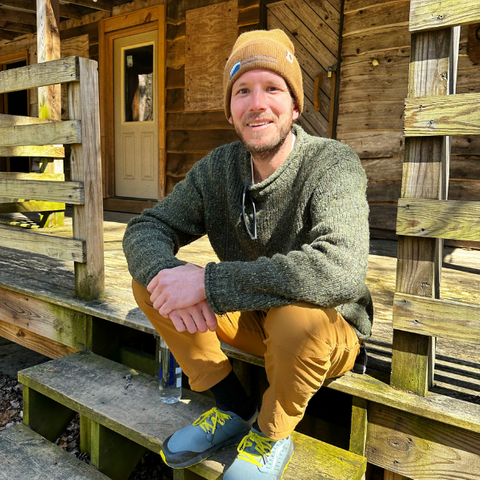Blue Ridge Primary Therapist Justin Messinger, LCMHC, is treatment team leader for adolescent boys with neurodevelopmental and learning differences. Justin’s work draws from a therapeutic curriculum he developed to specifically address the needs of this student population. Utilizing this curriculum, Justin facilitates and engages in ongoing trainings with the clinical, medical, logistical, administrative and field teams to strengthen our relational approach and increase our ability to support this group of students through each step of their process in the program.
With Justin's expert insight, our team's increased level of awareness and compassion not only helps each member of the treatment team understand the subtle differences associated with providing neurodivergent-informed care in the wilderness, but also generates a culture of belonging and community for students that is crucial for therapeutic growth.
We recently sat down to ask Justin more about his approach:
Can you explain the difference between the existing model of wilderness therapy and how you adapt treatment to provide neurodivergent-informed care in the woods?
I don’t think of this as wilderness therapy for neurodiverse individuals. What we are doing is providing neurodivergent-informed care in a wilderness setting. We provide and teach a clinically sophisticated approach; this model honors individuals’ differences in a setting that:
Nurtures social learning,
Allows for the practice of relationship management with peers and adults,
Allows students to experience genuine connection and being a part of a cohesive community,
Teaches social learning,
And helps students learn to navigate social nuances through relational success and challenge.
How does wilderness therapy provide an effective environment with lasting outcomes for your students?
Everything we do in the wilderness setting naturally has a practical purpose and outcome, so the underlying therapeutic purpose and outcome doesn't need to be spoken or understood to be experienced by our students. Providing this care in the wilderness is ideal because it helps them understand the “why” in a different way and find meaning that makes sense to their unique learning style.
We are working with students who have diverse needs, so our interventions have to be equally unique and individualized. The wilderness provides ample opportunities to adapt the type and level of support based upon the learning, clinical, developmental and thinking needs of the student in real time. Teachable moments and opportunities for role-modeling are ever present in an outdoor setting
Can you say more about how your approach is different?
The traditional premise of therapy is hard for my students to conceptualize. Often, their experience involves difficulty seeing the point of therapy or why it’s needed. Building trust and rapport needs to look different with this population. My approach centers on the concept that each student needs to make meaningful connections, rather than assuming they are resistant. My students often need more time in the “pre-contemplative stage” in order to feel safe and accepted. This requires me to remain unconditionally gentle, patient and understanding alongside them in their journey.
When they don’t feel rushed, judged and or invalidated, the pressure that is ever present for many of these students is relieved and rapport begins to develop. The depth and quality of the exchange once that level of comfort is achieved is much richer and more beneficial for the individual at which point real change becomes possible.
We consistently attend and attune to how each student experiences relational pressure. Responding intentionally to these cues helps to create social resiliency. Social resilience sparks social confidence which increases the likelihood of positive engagement.
Simply put, I notice nuances and practice the art of not assuming. I have to remain curious to practice the art of not assuming and more importantly I am modeling curiosity to a population that struggles with cognitive flexibility.
What is an example of how you may adapt an intervention to fit the situation?
While in the wilderness, students’ main form of communication with parents and siblings is letter writing. This process can be challenging for my students on many different levels. For example, “what’s a letter?”. For some students the task of hand writing letters is a major barrier and may require myself or a staff member to help as their scribe.
For others, it’s difficult to grasp what the letter writing represents and the role of communication in relationship management. This is where I am able to help students develop nuanced perspective-taking skills that lead to healthier social communication.
You have been very involved in helping the entire team understand effective communication with neurodiverse students.
Yes. In wilderness, we are always role-modeling and we have a choice of what and how to role-model. We have to be attuned to our own assumptions about social cues and interactions. I place a strong emphasis on adaptive social thought and understanding and I role-play this in staff trainings as well as model it in the field so that staff and students can see the process in real time We can verbalize a flexible thought process out loud to articulate what goes into a decision. For many students this can instill a sense of hope, create a shift, and empower them to consider other ways of thinking.


